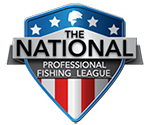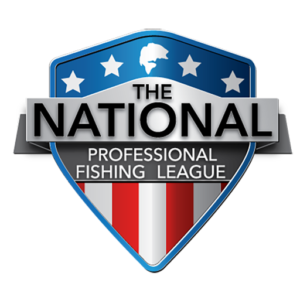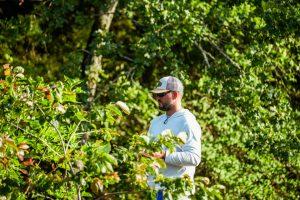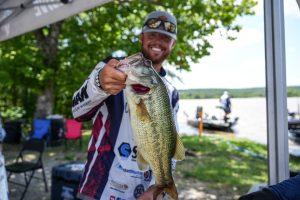
By Justin Brouillard
When Keith was 17 years old growing up in Florida, he and close friend John Cox began to learn how to sight fish. It was 2004 when the duo started to expand on their skills and in 2005 they won the AOY in the Central Florida Bass Anglers club. The fire was lit, and Carson has since fine-tuned his craft and is successful in locating and catching big spawning bass.
The Technique
Carson has tried many different approaches over the years but seems to find himself having a great deal of success with one in particular. After studying baitfish and brim over his career, he learned how bass react to baitfish on their beds before and after the eggs have been laid.
“Brim are around the bass beds constantly during the spawn, patiently waiting to sneak in and grab a quick meal while the bass is not looking. I noticed how the bass reacts when this happens and have adapted an approach that takes advantage of the presence of brim.”
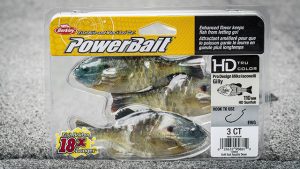
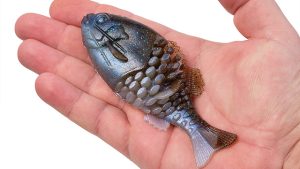
Carson likes to fish a Berkley Powerbait® Gilly around the spawn as he can closely mimic baitfish of different species. Prior to the laying of the eggs, the Debary, Florida angler Texas rigs his swimbait weightless as it keeps the bait higher in the strike zone for fish that are preparing to spawn.
“I will pitch that Gilly to the far side of the bed, let it sink and slowly swim it across the bed, killing it near the middle. I’ll then hop it up and down and it usually gets finicky bass that have yet to lay eggs to bite. After they lay eggs, I’ll add a weight to my presentation to keep the bait on the bottom where the eggs are.”
In Carson’s experience, certain bass will sit outside the bed on purpose and let the brim swim in. Once enough are there, the fish will swim in and start knocking them off. By having a bait that looks like the brim, and waiting until other brim are on the bed, when the bass begins to chase the brim away, the Gilly remains and is often an easy meal for an angry fish.
“I used to start with jigs (they resemble a bluegill) or the Berkley General, but they wouldn’t eat it in this case because it doesn’t look enough like the baitfish. By using the Gilly, it’s certainly opening doors to new possibilities to catching fish we have not seen before.”
Carson notes this tactic is not always quick, in some cases one cast can take longer than five minutes. After casting beyond the bed, it requires patience to present the bait simultaneously as other brim start to make their way in. Once you get it dialed, the fish will swim in, the brim scatter and the fish eat the bait.
Gear
Carson relies on two main set ups for his spawn fishing technique. The same rod and reel combo works for both, but changing between different lines allows him to present his baits to spawning fish in different cover and water clarity.
“Florida bass will spawn in thick cover in and around the Kissimmee grass and holes in hydrilla. When I set the hook, they always try to get you wrapped up and the percentage of landing those fish drastically goes down. In that situation, for thick cover, I use a 40-pound Berkley X5 braided line on a Zenon high-speed reel. I use a 7’6” Fantasista medium-heavy action rod all the time.”
When fishing in more open water scenarios, along the edges of the Kissimmee grass and out from it, Carson will throw the Gilly on 20-pound Berkley Big Game monofilament. A strong line for fish that often weigh over 7-pounds, monofilament is strong and will not break with big fish. If the water is cleaner, which often is when a natural spring is close by, Carson will reach for Berkley Trilene 100% fluorocarbon in a 20-pound test.
Why medium-heavy?
“For me, the medium-heavy is better than heavier model rods because the Fantasista still has the power and bend to get big fish to the boat, but I feel like I lose and break off less fish by using the lighter power rod.”
Follow Carson this season on the National Professional Fishing League 2022 Tournament Trail
